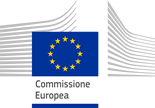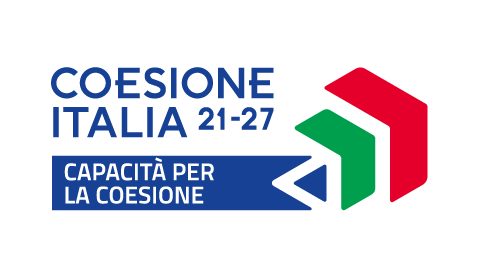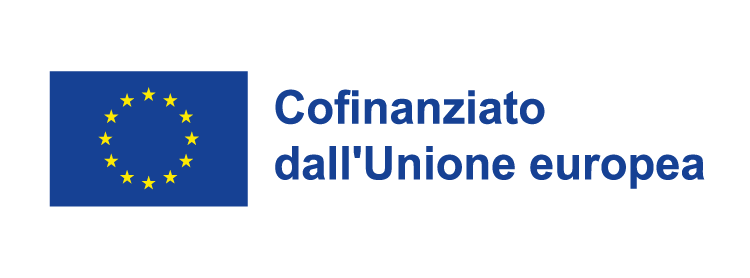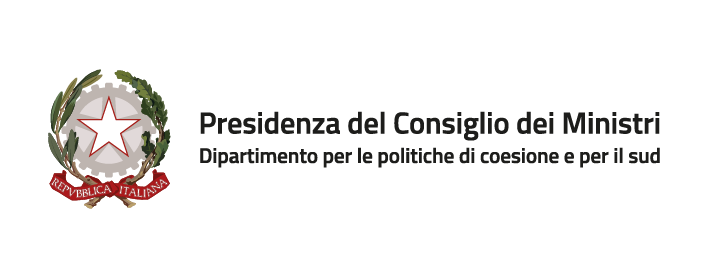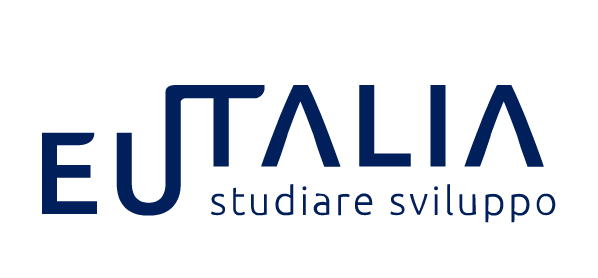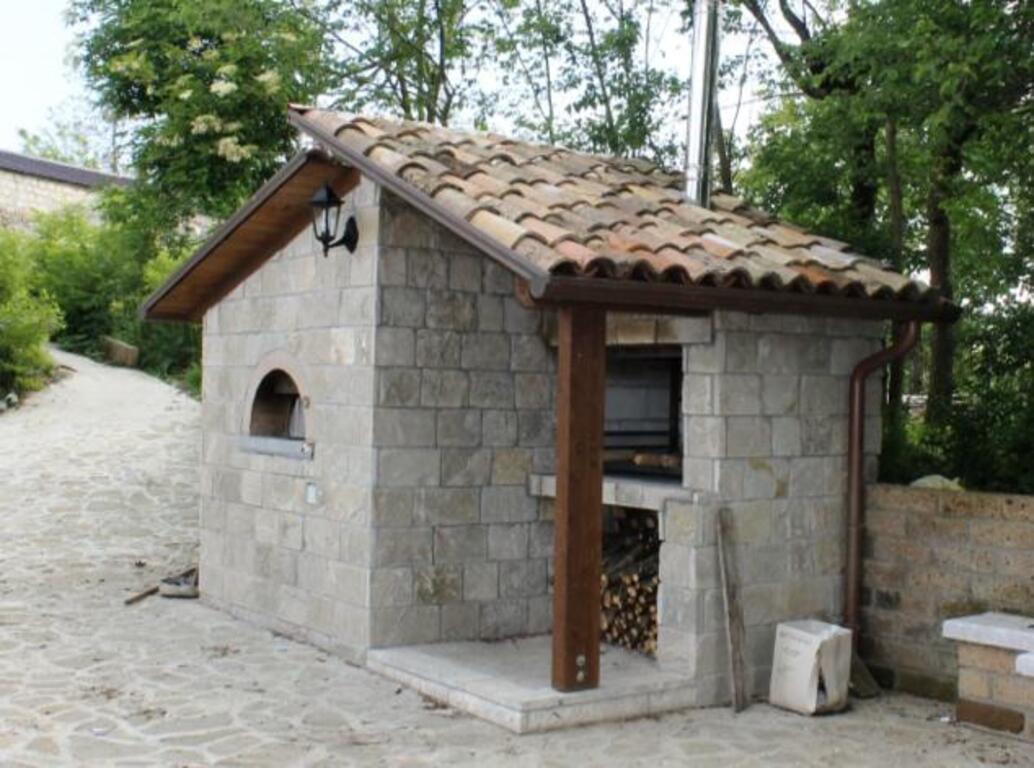
Cotugno is a small hamlet of Vallesaccarda city, South Italy, immersed in the greenery of Irpinia. A hamlet almost deserted today, due to the emigration of the younger population: the last remaining veterans belong to the elderly population and they try to maintain the traditions, customs and habits of the small village. We are therefore keeping on monitoring the chosen project financed with the Development and Cohesion Fund: "Redevelopment of the rural village of Cotugno".
With the help of our professors we enjoyed the fortune and the opportunity to hold a technical training meeting in the Municipality of Vallesaccarda. The conversation held with the technicians has highlighted the actual aim of raising the quality of life and strengthening the bond with our territory, which is also a very appreciated place by tourists. To get even better into the Open Data perspective, on January 24, 2024, on Meet, we met in a video conference with our professors who talked to us about the data research and analysis method; moreover we focused on some useful guidelines so that studying the data would be fruitful: the data must be objective and coming from truthful, original and institutional sources.
Furthermore, we have well understood the essential role of the new oven that is one of the peculiarities of this rural village: in its time it kept alive the sense of community of the hamlet and of its inhabitants, who spent their daily lives just gathered around the oven, whose usage today brings back ancient flavors and traditions and strengthens the relationship between citizens and places.
Today, in fact, Cotugno is experienced by all those people, families, tourists who visit the local bakery. It represents a meeting point especially for young people during the summer period. Small towns, like Vallesaccarda, in the past years lived on community ovens, used in turns by all the neighbors to cook bread for the week and enjoying the time spent together. (See Fig.1)
Maria Grazia Luongo, born and raised in Cotugno, leaves us her testimony regarding the oven and the village: "Making the bread was exciting: two families agreed with each other and the bread was kneaded according to how much was necessary and was needed to fill the oven. The oven was heated with straw and brought to a high temperature; the temperature was preserved by the stones it was built with. To be sure the oven was ready, we took some dough and flattened it, as you would do with a pizza now; then we made a hole with the finger and checked it. If this pizza "rose" immediately because the oven was hot, the dough was ready and the bread could be put in the oven. When the "pizza test" was baked, we all shared it and ate it with much delight. It was something exceptional..." and Maria keeps on saying: "At Easter, when the “pastarelle” with the colored sugar dragees or the “taralli” were baked, we waited for them to come out of the oven so that we could taste some of them hot and fresh."
Over the time that oven had become an abandoned place but thanks to the redevelopment of the village, the restyling of the oven and its inauguration in 2016, today it is possible to make a request for it from the municipality, living again those emotions of the past, the taste of the ancient flavors of the characteristic wood-burning oven, cooking and relaxing, leaving the children free to play in the greenery.
The hamlet of Vallesaccarda is easily accessible as it is located not far from the Vallata motorway exit and it is very close to the center of the Vallesaccarda town. Cotugno is located in a happy panoramic position, behind the Trevico Mountain, among the green hills of Baronia region and near the Fiumarella stream which is a little river located in the hamlet of San Giuseppe downhill. The greenery, the fresh and clean water, the oven, but above all the gastronomic traditions are a fundamental part of our Vallesaccarda town.
Knowing Vallesaccarda also means savoring the ancient flavors of Irpinia, visiting these places and living again the deeds of the past. The question asked to our professors: “What tools can we use to read the data?” allowed us to understand that we need to equip ourselves with simple and clear tools so that the information collected can "speak" in a clear and unavoidable way.
The meeting therefore allowed us to understand better the fundamental value of the data. Researched by our coders and analysts, obtained and reworked by the designers through statistical infographics, we moved on to the verification phase. The project managers, aided by bloggers and storytellers, contacted the local territorial bodies involved to seek information on the money amount used: our checks ascertained that the initial project was completed for an amount of € 695,657.90, of which € 493,125.60 of cohesion resources (62% European Union, 14% Fund for Development and Cohesion, 11% Revolving Fund, 9% Region and 3% Municipality), contrary to what the ASOC website stated, i.e. that they were used only €493,125.60. (See Fig.2) This discrepancy caused us doubts and difficulties in proceeding with the redaction of the Second Report, but in the end we preferred to rely on the municipality's data and to consider the portal data as a transfer error. Furthermore, the investment was not managed entirely by the same Mayor, but by two different Mayors. The actual start-date corresponds to 07/22/2013 and the expected end-date corresponds to 01/15/2015, but the actual end-date is on 08/08/2016.











